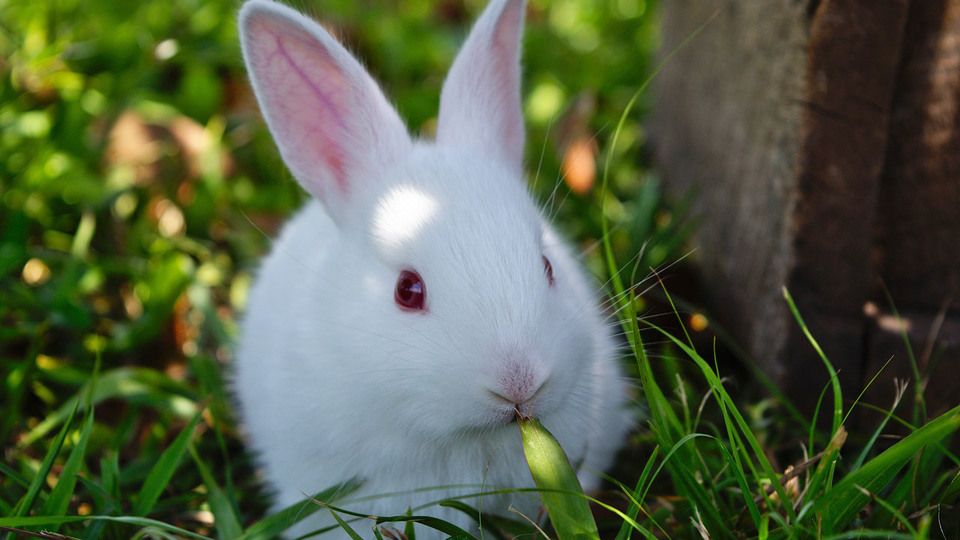
A method developed to avoid rabbit eye test
An article, written by Mistra SafeChem researchers, describes a new in silico method that permits differentiation between liquids causing eye damage or irritation, and liquids with no need for such classification. This method can be applied to pure liquids that are still at the desktop design stage. But it all started with a cruel test on a rabbit.
The article, published in Sage Journals, is written by Martin Andersson, Ian Cotgreave and Swapnil Chavan, RISE, and Ulf Norinder, Stockholm University. Martin Andersson describes the work in his own words:
"Back in 1985 Swedish television sent a program about animal experiments and I remember choosing to present about this topic in school. From that day, the cruel Draize test where eye irritation is evaluated in the rabbit eye got stuck in my mind.
Fast forward to 2016. I worked at RISE with the replacement of solvents in products using the Hansen Solubility Parameter (HSP) concept, and one day a poster on eye irritation caught my eye in the corridor at the institute. On the poster, organic solvents were discussed in the context of their eye-irritation potential.
I thought: ‘Could the cornea possibly be treated as a biopolymer with a specific set of HSP parameters? If this would be true, then eye irritant solvents should be identifiable via their Hansen parameters!’
Shortly thereafter, on breaks and spare time, I just had to make a small test on the computer to find out, and it actually looked promising – eye irritants seemed to be clustered in a specific region in HSP space and non-irritants were scattered outside this sphere!
I announced the news at an internal meeting at RISE and got support for a small feasibility study together with colleagues which resulted in a presentation at the HSP50 conference in York in April 2017. Now the project accelerated, with further substantial support from RISE, Mistra SafeChem and Swedish Fund for Research Without Animal Experiments.
And now, 28 years after my presentation as a 14-year-old at school, we have published a paper describing a pure in silico-method where the outcome of a Draize rabbit eye test can be predicted directly from the chemical structure of a pure liquid only, with a sensitivity of 84.6 percent and a specificity of 81.8 percent, without the need for any animal experiments – and without any experimental data at all.
The next step is now to get the method accepted for inclusion in the OECD guidelines as a prescribed method that must be used instead of animal tests."
Read the article In Silico Prediction of Eye Irritation Using Hansen Solubility Parameters and Predicted pKa Values External link..
External link..
-
2024-04-03 | newsFour more years – Mistra SafeChem gets go-ahead for second phase
-
2024-03-28 | newsThe 2023 Mistra SafeChem annual report focuses on more than just one year
-
2024-03-21 | newsSETAC conference on LCA will be held in Gothenburg
-
2024-02-27 | newsMistra SafeChem researchers keynote speakers at large conference on SSbD
-
2024-02-16 | newsThe Mistra SafeChem cosmetics study specially invited to EU workshop on SSbD
